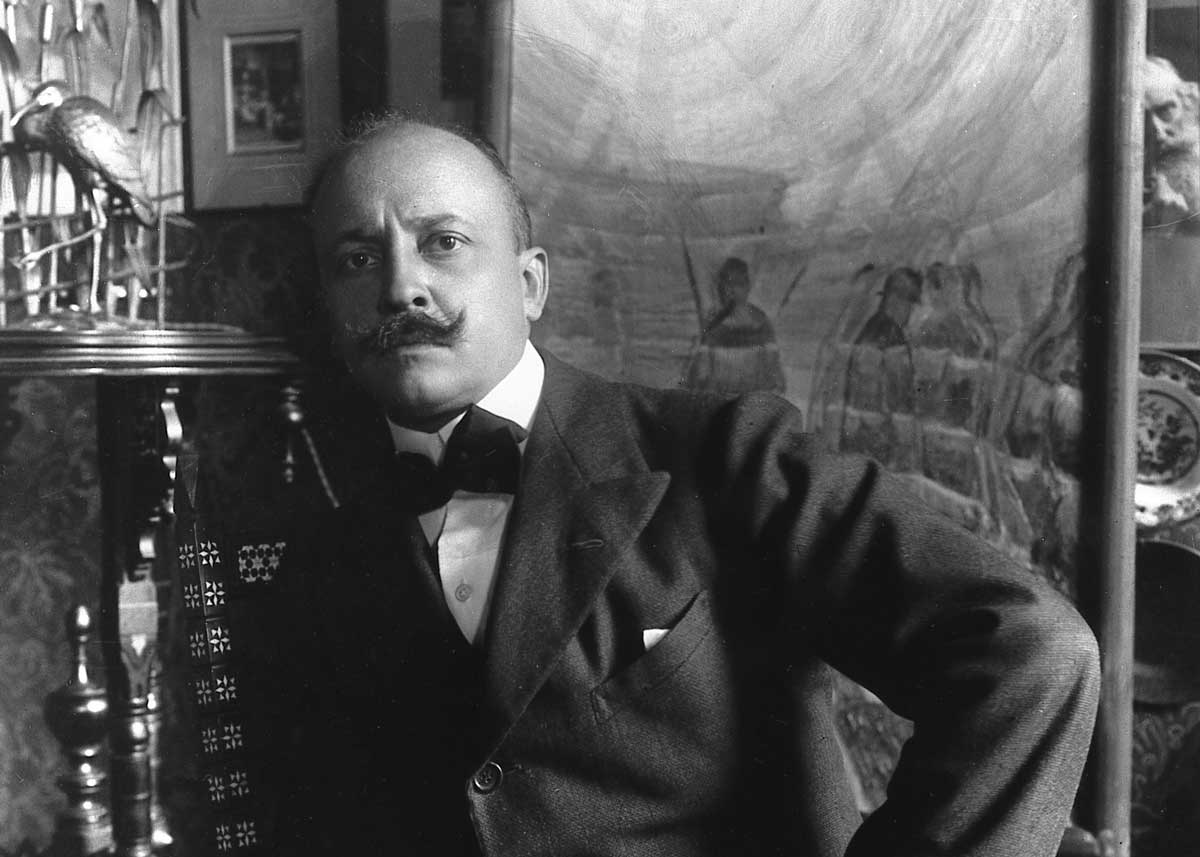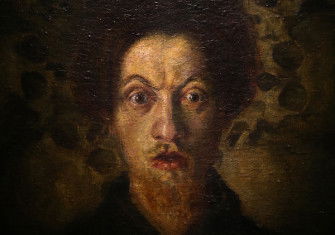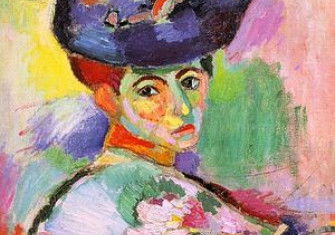Publication of the Futurist Manifesto
Futurism was launched like a political movement on the front page of Le Figaro on 20 February 1909.

‘In my own village’, the film-maker Luis Buñuel said of his birthplace in rural Spain, ‘the Middle Ages lasted until the First World War.’ Buñuel would escape the dead hand of the past through surrealism. But the Italian writer Filippo Tommaso Marinetti went one better: he invented futurism, launched like a political movement through a manifesto on the front page of Le Figaro on 20 February 1909.
At first, Marinetti was futurism’s sole adherent. But his words willed the movement into being. Art became life. Other manifestos would follow, covering everything from architecture, cinema and menswear to music hall, syntax and lust.
Futurism was the idea that modernity and its rapid scientific advances changed what it meant to be human. For Marinetti, this new human sensibility required the creative destruction of all institutions. Museums, libraries, academies: all were varieties of graveyard. Youth, speed and technology were the thing now; futurist artist Giacomo Balla was so enamoured of the latter he named his daughters Elica and Luce – Propeller and Light.
Marinetti understood the mass media and the value of generating outrage. He was delighted to be prosecuted for obscenity for his 1910 novel Mafarka futurista, the eponymous hero of which has an 11-metre penis. Futurist evenings mixed poetry recitals and manifesto readings with extended invectives against the audience. Their success was measured, he said, in abuse rather than applause.
Futurism also celebrated violence as a moral virtue. In this Marinetti followed the kind of anarchist thought expressed by the French poet Laurent Tailhade: ‘What do the victims matter, if the gesture be beautiful?’
Marinetti would ultimately be co-opted by fascism; he saw no contradiction between anarchism and nationalism; the exultant self-expression that anarchism allowed the individual, nationalism allowed a people. But he didn’t live to see the ‘beautiful gesture’ Italians made with Mussolini’s corpse at the end of the war; he died of a heart attack in the fascist rump state of Salò in December 1944.






